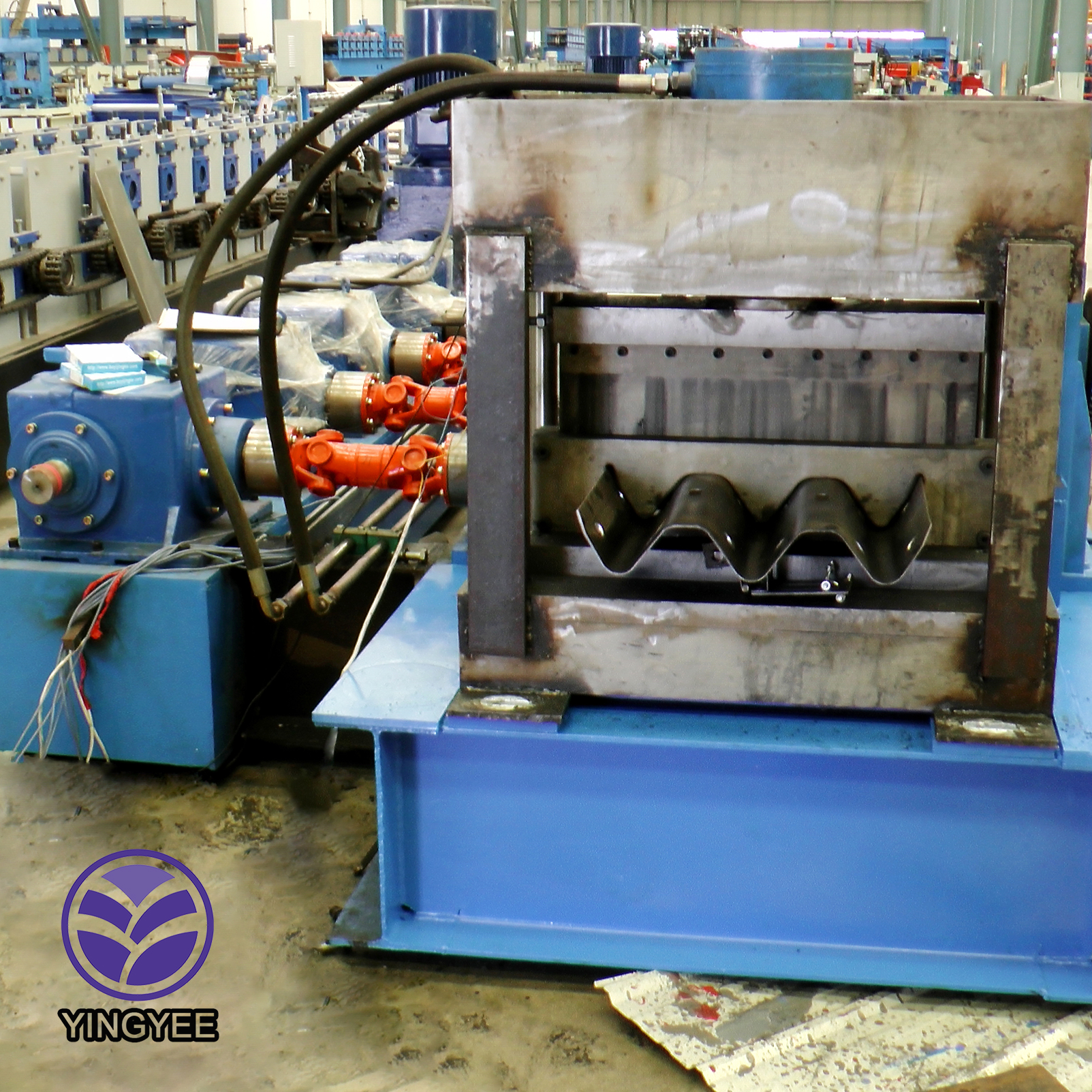
The Innovation of IBR Making Machines Revolutionizing Construction
In recent years, the construction industry has witnessed a significant shift towards more sustainable and efficient building practices. One of the key innovations facilitating this transformation is the IBR (Inverted Box Rib) making machine. This cutting-edge technology has not only enhanced the quality and durability of roofing materials but has also streamlined the production process, making it an essential tool for manufacturers in the construction sector.
Understanding IBR Profile
The IBR profile is a type of corrugated metal sheet renowned for its strength and versatility. Commonly used in roofing and wall cladding, the IBR sheets are designed with inverted box ribs that provide significant structural integrity. The profile allows for larger spans and reduces the need for additional support, making it an attractive option for builders aiming to optimize material usage and costs. Additionally, the IBR sheets can be produced in various materials, including galvanized steel, aluminum, and other alloys, offering designers a broad palette of choices for their projects.
What is an IBR Making Machine?
An IBR making machine is a specialized piece of equipment engineered to produce IBR profile sheets efficiently and accurately. The machine typically incorporates advanced technologies such as computerized controls, automated feeding systems, and precise cutting tools, ensuring that every sheet produced meets the stringent quality standards required in the construction industry. The versatility of these machines allows them to handle different materials and thicknesses, like aluminum and various grades of steel, expanding the range of applications from residential roofing to industrial buildings.
Advantages of Using an IBR Making Machine

1. Efficiency and Speed Traditional manufacturing methods for roofing materials can be time-consuming and labor-intensive. The IBR making machine automates many of the laborious processes, significantly increasing production speed. Manufacturers can produce large quantities of IBR sheets in a short period, meeting increasing demands without compromising on quality.
2. Cost-Effectiveness By enhancing production efficiency, IBR making machines help reduce operational costs. With lower labor requirements and reduced waste due to high-precision cutting, manufacturers can offer competitive pricing in the market, making IBR roofs a more accessible option for builders.
3. Quality Control Modern IBR making machines come equipped with advanced quality control systems. These systems monitor variables such as thickness, width, and profile consistency, ensuring that all sheets produced adhere to regulatory and industry standards. This focus on quality translates into longer-lasting roofing solutions that can withstand various weather conditions and pressures.
4. Customization Today’s IBR making machines can produce custom profile sheets based on client specifications. Whether it involves different colors, finishes, or dimensions, manufacturers can meet diverse client needs without substantial lead times, allowing for personalized architectural designs.
5. Sustainability As the construction industry moves towards more sustainable practices, the IBR making machine supports eco-friendly manufacturing processes. Many of the materials used can be recycled, and the efficiency achieved reduces the energy consumption associated with traditional manufacturing methods, minimizing the overall carbon footprint of construction projects.
Conclusion
The advent of the IBR making machine has revolutionized the way construction materials are manufactured and utilized. By combining efficiency, cost-effectiveness, and high-quality production, these machines provide a valuable asset in the modern construction landscape. As builders increasingly prioritize sustainability and innovation, the IBR making machine stands out as a pivotal technology poised to support future developments in construction practices. The continued evolution of this technology promises not only more efficient production methods but also a future where construction materials are both high quality and environmentally responsible. Therefore, embracing this innovation enables the industry to meet the challenges of today while paving the way for a sustainable building environment tomorrow.